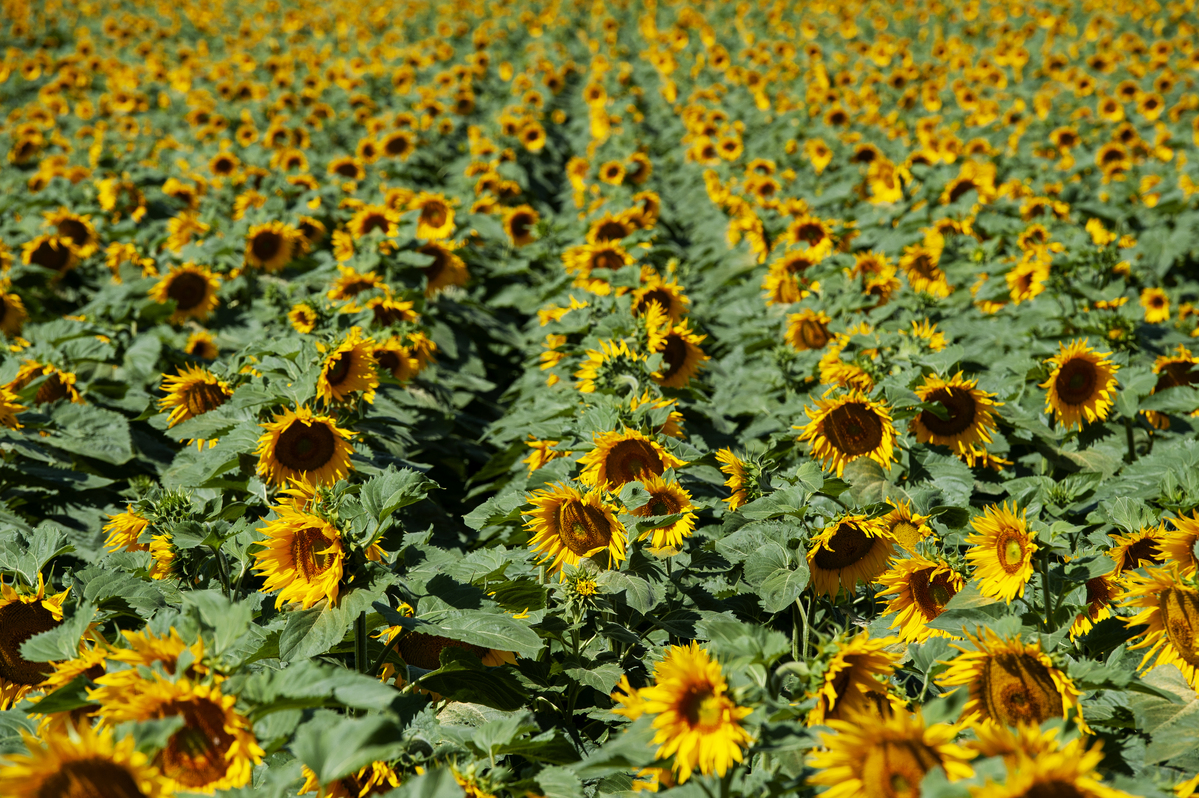The Nature Restoration Regulation, which entered into force in August 2024, is a landmark piece of legislation aimed at restoring the health and productivity of Europe’s environment. It is a key element of the EU Biodiversity Strategy, which sets binding targets to restore degraded ecosystems, in particular those with the most potential to capture and store carbon and to prevent and reduce the impact of natural disasters.
The Commission published its draft Implementing Regulation laying down rules for the application of Regulation (EU) 2024/1991 as regards a uniform format for national restoration plans. In particular, the draft measure sets out in its Annex the structure and format of the national restoration plan, which should cover the period up to 2050, with intermediate deadlines corresponding to certain objectives and obligations of the Regulation.
EU countries are expected to submit National Restoration Plans to the Commission within two years of the Regulation coming into force (so by mid 2026), showing how they will deliver on the targets. They will also be required to monitor and report on their progress. The European Environment Agency will draw up regular technical reports on progress towards the targets.
Background:
In June 2022, the European Commission published its proposal for a Nature Restoration Law. The proposal for a Regulation would have provided legally binding EU nature restoration targets, in particular those that could contribute most to the capture and storage of carbon as well as to the prevention and reduction of the impact of natural disasters. The Nature Restoration Law would require effective restoration measures to be in place on 20% of the EU’s land and sea areas by 2030 and that by 2050, restoration measures address all ecosystems in need of restoration. The measure also contains targets for specific ecosystems, pollinators, birds, urban ecosystems etc. Member States will be required to develop National Restoration Plans taking account of national circumstances.
The regulation combines an overarching restoration objective for the long-term recovery of nature in the EU’s land and sea areas with binding restoration targets for specific habitats and species. These measures should cover at least 20% of the EU’s land and sea areas by 2030, and ultimately all ecosystems in need of restoration by 2050.
The regulation contains the following specific targets:
- targets based on existing legislation (for wetlands, forests, grasslands, river and lakes, heath & scrub, rocky habitats and dunes) - improving and re-establishing biodiverse habitats on a large scale, and bringing back species populations by improving and enlarging their habitats
- pollinating insects – reversing the decline of pollinator populations by 2030, and achieving an increasing trend for pollinator populations, with a methodology for regular monitoring of pollinators
- forest ecosystems – achieving an increasing trend for standing and lying deadwood, uneven aged forests, forest connectivity, abundance of common forest birds and stock of organic carbon
- urban ecosystems – no net loss of green urban space and tree cover by 2030, and a steady increase in their total area from 2030
- agricultural ecosystems – increasing grassland butterflies and farmland birds, the stock of organic carbon in cropland mineral soils, and the share of agricultural land with high-diversity landscape features; restoring drained peatlands under agricultural use
- marine ecosystems – restoring marine habitats such as seagrass beds or sediment bottoms that deliver significant benefits, including for climate change mitigation, and restoring the habitats of iconic marine species such as dolphins and porpoises, sharks and seabirds.
- river connectivity – identifying and removing barriers that prevent the connectivity of surface waters, so that at least 25 000 km of rivers are restored to a free-flowing state by 2030
